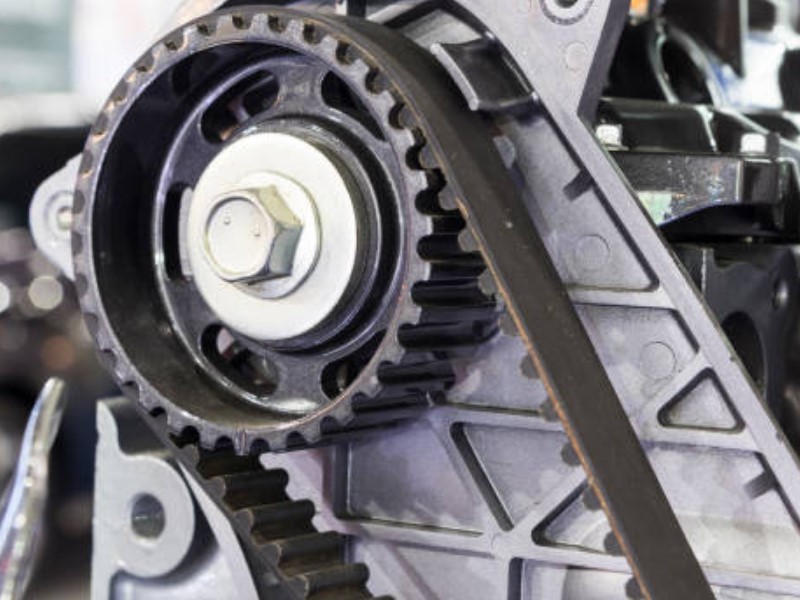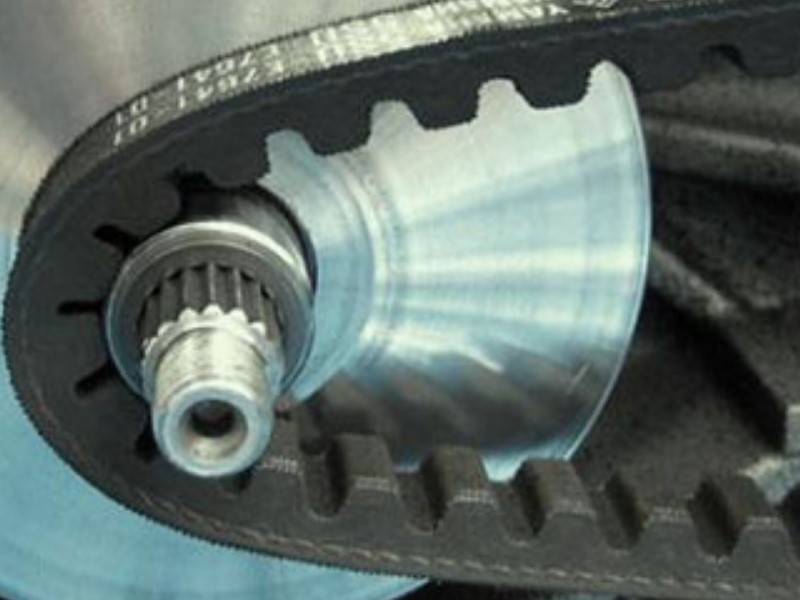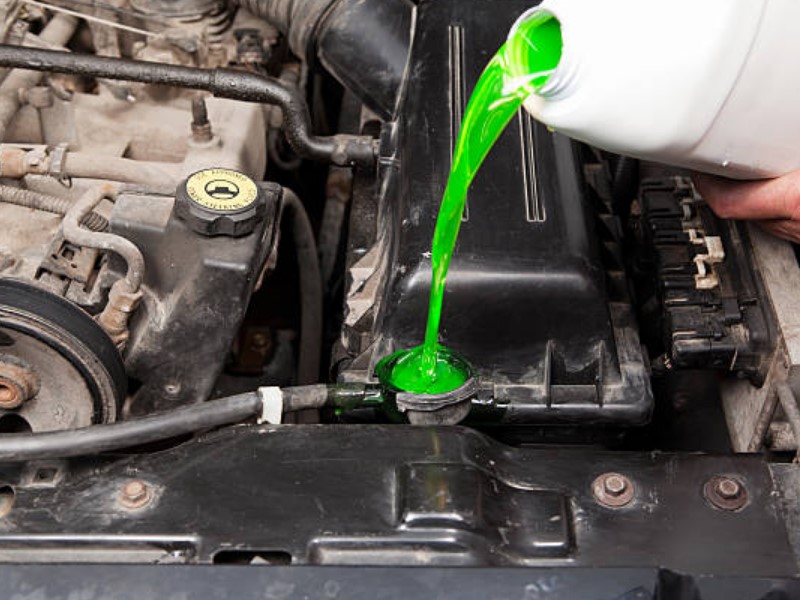If you care to take a look and check under the hood of your car, you will see all kinds of belts there. While an average person might be familiar with the functions of one or two of these vehicle belts, such as the V-belt, it is only understandable that many people don’t know their exact functions.
One of your main responsibilities as a vehicle owner is preventative maintenance. The key idea here is to always stay on top of your automatic repair and service needs, solving problems preemptively before they turn into bigger and more serious issues.
One of the most vital aspects of preventative maintenance is to replace the belts of your vehicle. Continue reading below to learn more about the different kinds of vehicle belts as well as their unique purposes and functions.
Table of Contents:
V-Belts
V-belts are those automobile belts starting at the crankshaft and extending through the components of the vehicle including the power steering pump, the AC compressor, the water pump, and the alternator.

The main purpose of a V-belt is to offer power to each one of these components. But V-belts are often found in older vehicle models. It is very rare for the V-belts to slip from the circuit and once the V-belts fail, it doesn’t mean that the other belts will fail as well.
Timing Belt
Timing belts also called Gilmer belts and camshaft drive belts, serve the main purpose of helping the crankshaft in turning the camshaft as needed. A rubber-made belt opens and closes the engine valves in a synchronized way with the pistons.
The timing belt in modern-day vehicles offers a similar purpose and function as the timing chain used in automobiles of yesteryear. Once the timing belt fails, it will not result in extensive damage to the pistons, ultimately ensuring that the engine doesn’t need a total replacement.

These timing belts often need a replacement after 90,000 miles. But timing belts also have the potential of lasting for up to 110,000 miles or even more. Professional mechanics will replace the timing belt and the water pump at the same time since these two often go bad almost simultaneously. The truth is that it is wise to replace the water pump even when it is still in working condition at the same time that the timing belt has malfunctioned because it will probably fail sooner or later.
Serpentine Belt
The lengthy serpentine belts are those that extend through the entirety of the components of the engine, offering them the necessary power for them to function. These serpentine belts occupy the spot of the already antiquated V-belt.

Serpentine belts are now the standard in all vehicles today, offering power to the accessories of the engine. Once this critical belt loosens up or gets damaged, it can potentially lead to the failure of components all over the engine. The good news is that it is easy and simple to replace serpentine belts.
You can tell right away if the serpentine belt requires replacement if it is visibly damaged, it produces a squeaking noise, or when the rest of the engine components also start failing.
Fan Belts
A belt is required to power up cooling systems. Some engines use serpentine belts while others use fan belts. Fan belts offer power to the parts in the cooling system of the vehicle including the water pump, the radiator fan, and the air conditioner.

Functional fan belts are responsible for powering the cooling systems as they distribute coolant all over the engine of the vehicle and by cooling the radiator as well. Unfortunately, if the fan belt doesn’t function as it is meant to, it won’t cool the engine properly which can lead to overheating, resulting in costly repairs. It is exactly why it is important to closely analyze the fan belt when performing routine inspections.
Alternator Belts
Engines wherein a serpentine belt doesn’t power the alternator relies on an alternator belt instead. Alternator belts are diminutive belts that strictly power the alternator.
It is also possible for the alternator belt to be responsible for powering the steering pump when the engine has been designed for this form of arrangement.
What matters here is that the battery of the vehicle will not stay charged entirely except if the alternator belt has been installed correctly and functions as it is designed to do so.
Is the Serpentine Belt the Same as the Drive Belt?
Yes, the serpentine belt is also often called a drive belt. Drive or serpentine belts serve the main purpose of power transmission to parts surrounding the engine including the air conditioner compressor, the alternator, and the water pump.
Once the car engine is turned on, it also turns on the serpentine belt or drive belt that transmits power to the mentioned parts in an almost instantaneous manner. Skilled mechanics will attest that the drive belt used to be called a serpentine belt or a V-belt.
When to Replace Your Car’s Belts
There is no hard and fast rule when it comes to the time when you should replace the belts in your vehicle. It may vary depending on your driving conditions and your vehicle.
The general rule of thumb is that the timing belt in a newer car often lasts 100,000 miles or so, with the serpentine belt lasting for 90,000 to 100,000.
But it is recommended to inspect your engine regularly and follow the advice of the technician about when to replace these belts.
There are also some common red flags that you should watch out for to know if there is an impending belt failure. The most usual telltale signs of a failing belt include the following:
- Overheating of the engine
- Failure of your power steering or AC
- Squealing noises coming from the front part of the vehicle
- Visible wear or cracks on your belts
Now that you know more about the V-belt and other belts in your car, you can take care of your vehicle better and address issues before they worsen.
Similar Posts from the same Category:
- Driving safety with perfect brakes
- Vital Fluids for Engine Health
- Driving safely: See and Be Seen Even in the Dark
- Air Conditioning radiator
